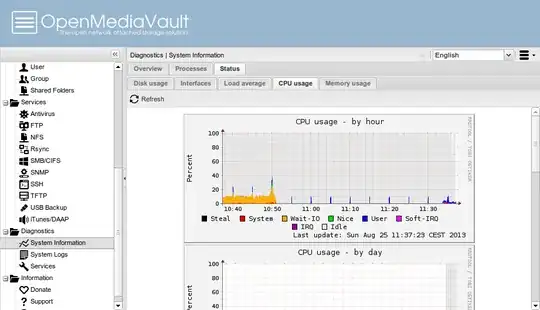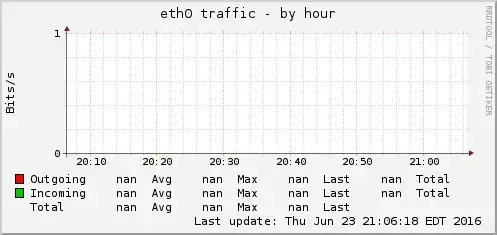I am using my Raspberry Pi with OpenMediaVault, a variant of Debian/Raspian intended for running a NAS server. The web interface for the operating system features a user interface that allows for hardware usage to be tracked using graphs generated by RRDTool that look like this:
Obviously, the graphs are based on system time. I've noticed that this causes some problems when the Pi is rebooted or booted from a powered off state. When I first check the graphs after a reboot or fresh start, the graphs list a "Last Updated" date of December 2015, and when I force a refresh of the data, the graphs all end up looking like this:
I understand that this is happening because of the lack of an RTC on the Raspberry Pi, and although one could be acquired, I would like to work around doing so.
To do this, I would like to configure my Pi to sync both its date and time to an NTP server before RRDTool services kick in. Is it possible to achieve something like this?

